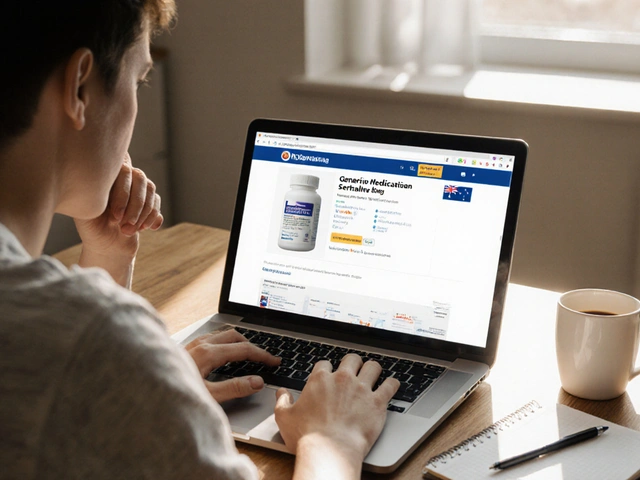Anti-Inflammatory Guide: How to Reduce Inflammation Safely
If you’ve ever dealt with a sore joint, a painful muscle, or a stubborn headache, you know how annoying inflammation can be. The good news is there are clear ways to tame it—both with over‑the‑counter meds and everyday habits. Below you’ll find a quick rundown of what works, when to use it, and simple steps you can start today.
Common Anti-Inflammatory Medications
Most people first think of pills like ibuprofen or naproxen. These belong to the NSAID family (non‑steroidal anti‑inflammatory drugs). They block enzymes that produce prostaglandins, the chemicals that cause swelling and pain. A standard dose of ibuprofen (200‑400 mg) can calm a throbbing toothache or a sprained ankle within an hour.
Aspirin is another NSAID, but it’s also used to thin blood and lower heart‑attack risk. If you have a heart condition, ask your doctor whether low‑dose aspirin is right for you.
For people who can’t take NSAIDs (maybe because of stomach ulcers or kidney issues), doctors may prescribe acetaminophen for pain, or a steroid like prednisone for more severe inflammation. Steroids work faster but come with a longer list of possible side effects, so they’re usually short‑term.
When you buy an NSAID, read the label for any warnings about alcohol, other meds, or existing health problems. Taking the lowest effective dose for the shortest time helps keep side effects low.
Natural Ways to Fight Inflammation
Food can be a powerful anti‑inflammatory tool. Omega‑3 rich foods—salmon, walnuts, chia seeds—contain fatty acids that calm the body’s inflammatory response. Adding a handful of berries or a cup of leafy greens each day can also lower inflammation markers.
Spices like turmeric and ginger have compounds that act like mild NSAIDs. Mixing a teaspoon of turmeric powder with black pepper in a smoothie, or sipping ginger tea, often helps with joint aches.
Staying active matters too. Light exercise, such as walking or gentle stretching, improves blood flow and helps the body clear out inflammatory chemicals. Aim for 20‑30 minutes most days, but listen to your body—pushing through severe pain can worsen inflammation.
Sleep and stress are hidden drivers. Poor sleep raises cortisol, which can keep inflammation high. Try to get 7‑9 hours of quality sleep and practice simple stress‑relief tricks like deep breathing or short meditation breaks.
Finally, keep an eye on your weight. Extra body fat releases inflammatory substances, so losing even a few pounds can make a noticeable difference in joint comfort.
Putting these pieces together—smart meds, anti‑inflammatory foods, movement, and good rest—creates a balanced plan that tackles inflammation from several angles. If you’re unsure which approach fits you, talk to a pharmacist or doctor. They can help you pick the right medication, suggest safe dosages, and point out any interactions with supplements you already take.
Remember, inflammation is a natural warning signal, but you don’t have to live with its pain. With the right mix of medicine and lifestyle tweaks, you can keep it under control and get back to the activities you enjoy.





